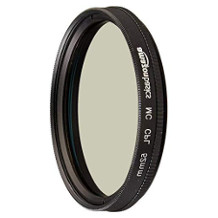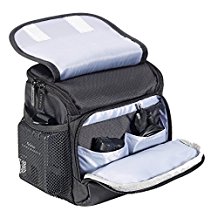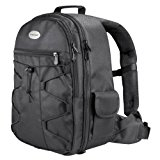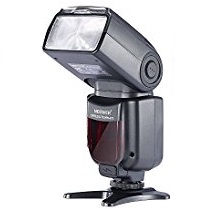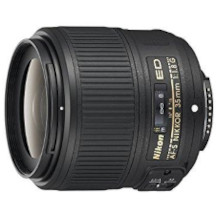Gimbal purchasing advice: how to choose the right product
- The most important facts in brief
- Gimbals stabilise camera shots by compensating for jerky movements with the help of three motors.
- Depending on the handheld gimbal model, smartphones, action cameras or larger cameras can be mounted on it.
- Most gimbals need to be balanced before use.
- The most important features of gimbals include a wide swivel axis and a large tilt angle.
Gimbal: professional equipment for recreational videographers
At first glance, a gimbal resembles a selfie stick: it is a rod-shaped object with a mount to which the smartphone or camera is attached. But that’s where the similarities end. Compared to a simple selfie stick, a gimbal is a more complicated and more functional device. It can be used like a selfie stick, for example to take selfies and photos from several angles. But its main task is to stabilise video recordings. Especially with videos in which the camera moves, vibrations must be prevented as much as possible. This creates a film-like feeling. With the help of motors, a gimbal compensates for shaking in all directions and the camera remains stable.
Gimbals have only become a household name for both professionals and amateur cameramen in the last decade. This indicates that in filming, the line between amateur and professional is becoming increasingly blurred. Quickly, shooting videos on sites like YouTube is turning from a hobby into a profession. This is partly thanks to the accessibility of both software and hardware. Video editing software is often available for free. High-quality cameras can be bought for a few hundred euros. Even mobile phone cameras can already meet the needs of many users.
Gimbals are also following this development. New models are so small and light that they can be operated with just one hand or mounted on another object.
However, the technology used in a gimbal is older than the film industry. The gimbal suspension or bearing – as the gimbal technology is called – is freely movable in all three spatial axes and aims to stabilise an object. It was probably invented in the third century BC by Philon of Byzantium to suspend an inkpot in such a way that it could not be knocked over. More famously, the technology was used on ships to stabilise the compass. This idea was proposed by Leonardo da Vinci.
How a gimbal works
A gimbal has a system that detects its position in space. Three motors, which react extremely quickly, hold the camera in the preset position without delay. Each motor acts on one of the three axes: the X, Y or Z axis. This eliminates any jerks and allows the cameraman to move a little more freely without affecting the shot.
The most important components of a gimbal
There are great differences among handheld gimbals, especially in terms of equipment. However, some main components are necessary to deliver the performance achieved:
Bracket: whether for smartphones, GoPros or larger cameras, gimbals have a bracket on which the device is mounted. Usually, the mount is adjusted with an adjustment wheel to ensure a firm hold.
Adjustable arm: An adjustable arm connects the handle and the mount. The three motors are also mounted on it.
Roll motor: The roll motor compensates for the movements of the grip hand to the right or left.
Tilt motor: The tilt motor prevents tilts up or down.
Swivel motor: The swivel motor compensates for rotations of the wrist so that the camera always looks in the preset direction.
Handle: The user holds the gimbal by the handle. The connections and controls are also located there. Often the handles are ergonomic for comfortable handling.
Controls: Depending on the equipment, gimbals can have controls such as joysticks, on/off or zoom buttons. Often there is even a small display.
Charging socket: The charging socket is usually located on the handle in the form of a USB or micro-USB connection to charge the gimbal’s battery.
Gimbals for different cameras
There are many different types of gimbals in circulation. Some are two-handed and are mainly used on film sets. However, this comparison only covers handheld gimbals, the stick-shaped devices on which smaller cameras are mounted to stabilise the shot.
As a rule, gimbals can be grouped by the cameras that can be mounted on them. It is possible for a gimbal to be used with more than one type of camera or to be compatible with only one type. Therefore, it is important to pay attention to the manufacturer’s specifications to determine if the gimbal will fit your device.
Gimbals for smartphones and action cameras
Models for smartphones and action cameras are lightweight, but not particularly strong. That is why they are only used with correspondingly light and small devices. They are usually particularly intuitive to use. They often have a smaller swivel axis and a smaller tilt angle than gimbals for larger cameras.
Advantages
- Easy
- Intuitive operation
- Handy
- Space-saving
- Inexpensive
Disadvantages
- Low load capacity
- Smaller swivel axis and smaller tilt angle
Gimbals for cameras
Gimbals for system and SLR cameras are usually heavier and more robust than their smaller relatives. On the other hand, they are more resilient. They can be used to take high-quality pictures, and not only because the cameras mounted on them are better. Gimbals for cameras usually reach 360 degrees with regard to the swivel axis and the tilt angle. However, they cost more than gimbals for smartphones.
Advantages
- High load capacity
- Robust
- Pivot axis and tilt angle at least 360 degrees
- Suitable for high-quality shots
- With telescopic poles also usable as a selfie stick
Disadvantages
- Difficult
- Expensive
- Partly bulky
Gimbals with integrated camera
The two classic handheld gimbal types have a young appendage: the gimbal with integrated camera. This is not a gimbal on which a device is mounted for recording. Instead, it already has an integrated camera. This makes it particularly space-saving. This is why it is often called a pocket gimbal. It has a display with a touchscreen on which users can see what they are filming and operate the device. If the screen is too small for you, you can connect the gimbal to your smartphone and operate it from there.
Its biggest advantage is considered by many to be a disadvantage of this gimbal: It does not require another device for filming. So you can press “record” immediately after buying it. On the other hand, this also means that the user cannot freely choose the recording device. Last but not least, the battery life of a pocket gimbal is often shorter than two to four hours. It is therefore advisable to have a power bank with you. You need a USB connection for charging.
Advantages
- No other device required for filming
- Very light
- Extremely compact
- Can be controlled via smartphone
Disadvantages
- No camera upgrade possible
- Short battery life
- Expensive
The most important features of a gimbal
Depending on your needs, other purchase criteria are in the foreground for you. Features such as operation or equipment are weighted differently from user to user. Even with criteria that relate to the performance of the product, you ultimately decide what you place the most value on.
Swivel axis and tilt angle
When deciding on a purchase, you should pay particular attention to the swivel axis and the tilt angle of the gimbal. These should be as large as possible so that you can give free rein to your creativity and move the gimbal around the room without restrictions. An angle of 360 degrees or more is optimal. Most camera gimbals guarantee this. However, this is often not the case with smartphone and action camera gimbals. It is best to pay attention to the manufacturer’s specifications.
Of course, your personal needs are decisive for choosing the right model. If you want to use the gimbal for vlogging or shooting uncomplicated home videos, you can certainly get by with a model that is not particularly extensive in terms of pan axis and tilt angle. On the other hand, if you want to shoot extreme sports or demanding films, you should prioritise a wide pan axis and a large tilt angle.
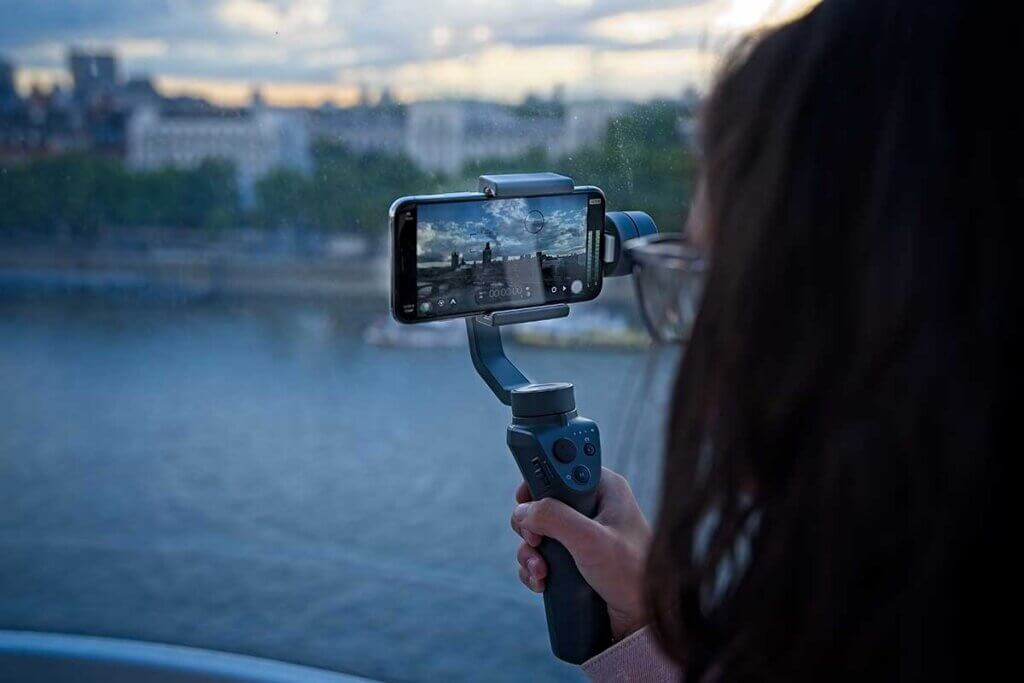
Battery life
When filming, there is hardly anything more devastating than when the battery of the camera or gimbal runs out prematurely – especially if there is no recharging option. When buying a gimbal, make sure that the battery life is as long as possible. Depending on the model, this varies between 4 and 18 hours. For most users, the battery life should be sufficient for a film unit. If this is not the case, the batteries can be easily recharged via USB connection. So it is recommended to have a charged laptop or powerbank with you to recharge the battery if necessary. Some gimbals also have interchangeable batteries. In this case, you can take a second charged battery with you and simply replace the empty one directly.
It is also possible to regulate the consumption of your gimbal somewhat. The harder the motors have to work, the more battery they consume. So if you make an effort to keep the gimbal steady to minimise the strain on the motors, the battery life can be extended.
Load capacity
The load capacity of the gimbal determines which devices can be mounted on the handheld gimbal. Models for smartphones and action cameras usually cannot carry much more than 200 grams. Camera gimbals, on the other hand, can often withstand two to three kilograms. With DSLR and SLR cameras, however, the weight of the lens should not be underestimated. It is helpful to ask the manufacturer about the maximum load capacity and compare it with your own device.
Equipment
The features of the gimbal often depend on the price. Simple and inexpensive models usually have fewer functions, whereas high-quality and expensive models are equipped with many functions. Many gimbals can be controlled from a smartphone using an app. For example, they have a tracking mode. On the smartphone, you can circle the person you want to film using the touchscreen. The gimbal then moves automatically so that the circled person is always in the focus of the picture.
Gimbals can also be operated from the handle. They are often equipped with a joystick and buttons. These allow you to steer or zoom the camera. The type and number of such functions depend on the model. Therefore, before buying, you should be clear about which functions you need and where you can possibly save money. An on/off button should be available in every model.
Usability
It is indeed advantageous if a gimbal can be controlled via smartphone. However, as many functions as possible should be operable directly on the handle. This makes use much easier. In addition, these controls must be easy to reach. If they are placed too far apart or too close to each other, this makes operation more difficult and causes irritation.
Material
Gimbals are mostly made of plastic. Certain parts such as the brackets and joints are often made of different metals. The handle is made of plastic for comfort and a firm grip. Some gimbals are splash-proof. If you are filming in bad weather or near water, a splash-proof model is definitely advisable. However, completely waterproof gimbals are not to be found.
Size and weight
The size and weight of the gimbal are crucial for handling. Large gimbals are sometimes not so comfortable to hold. Especially when filming for several hours, the cameraman will certainly be grateful for a light model.
Pocket gimbals are the smallest and, at around 100 grams, the lightest. They often even fit in a trouser pocket and hardly burden the user with their weight. Smartphone gimbals are a bit heavier, weighing about 300 to 500 grams. Even with the smartphone mounted, however, the total weight is still relatively low. Their size is often described as particularly handy. Camera gimbals are the largest and heaviest. Some users may find them bulky. Their maximum weight is about four kilograms, plus the camera. This gimbal can therefore quickly cause exhaustion during long scenes, especially when filming overhead.
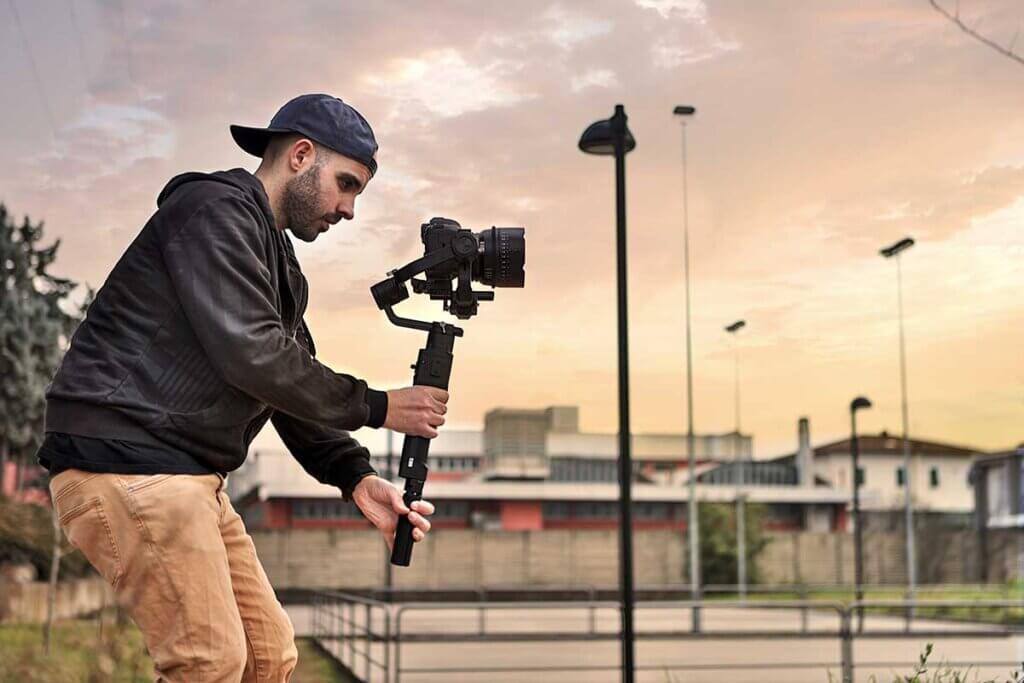
Price and manufacturer
Before buying, users should be clear about the extent to which they want to use the gimbal. If you see filming as a hobby and only want to mount your smartphone on a gimbal, you don’t have to spend a lot of money. For professional filming, however, a larger sum is due even for handheld gimbals. Prices start at around 50 euros for a smartphone gimbal. There is no known upper price limit. However, there are models for several hundred euros. Users who want a high-quality gimbal but whose needs are not exactly as high as those of professionals can find a suitable model in the price range of around 200 euros. The best-known manufacturers include Zhiyun, Rollei and DJI.
Tips for use
For inexperienced users, using a gimbal is not exactly self-explanatory. A few tips can therefore make setting up the device and the first shooting attempts easier.
Balancing
Many gimbals need to be balanced before use. This means that the initial position of the camera is set and stabilised. Since gimbals are operated and adjusted differently depending on the manufacturer, you should follow the manufacturer’s instructions for use. Often there is a how-to video for this. A well-balanced gimbal saves battery because the motors don’t have to work as hard.
Smooth movements are desirable
The purpose of a gimbal is to compensate for unwanted jerks and vibrations to ensure a stable, professional shot. However, this does not mean that you should whirl around wildly just because you are using a gimbal. These devices can’t compensate for everything either. Make sure you move smoothly and evenly. This makes for a better shot and saves the gimbal’s battery, as the motors are not stressed more than necessary. For particularly stable movements, it is recommended to control the gimbal via smartphone or joystick.
Don’t do a crab walk
A common beginner’s mistake is to turn the body and camera towards the film subject and crabwalk the selected distance. Even the best gimbal can’t save the resulting shot. The movement is too uneven. Instead, you should simply walk forward and position the camera towards the film object.
Useful accessories
Gimbals usually don’t need many accessories. However, some items could make them easier to use and extend the scope of use of the device. With an extra battery or power bank, for example, you can be sure that you won’t have to stop filming prematurely because the battery is flat. A bag makes it easier to transport the gimbal. With an extension pole, you have several perspectives at your disposal. Last but not least, you can use mounting accessories to attach the gimbal to a bicycle helmet, a vehicle or even a drone. Some of these items may be included in the scope of delivery, depending on the offer.

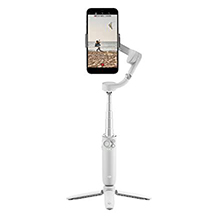
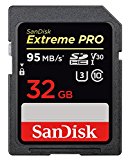
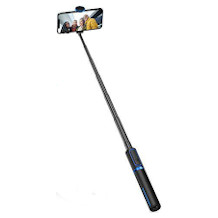
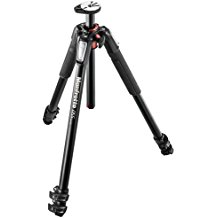
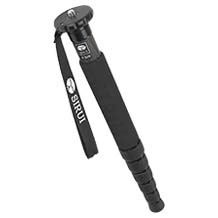
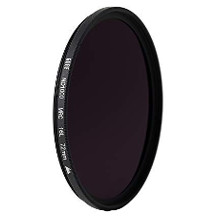


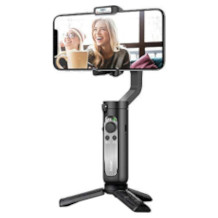
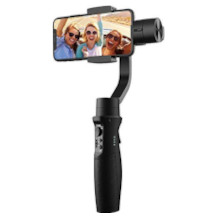
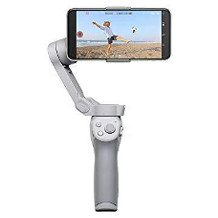

 10,948 reviews
10,948 reviews
